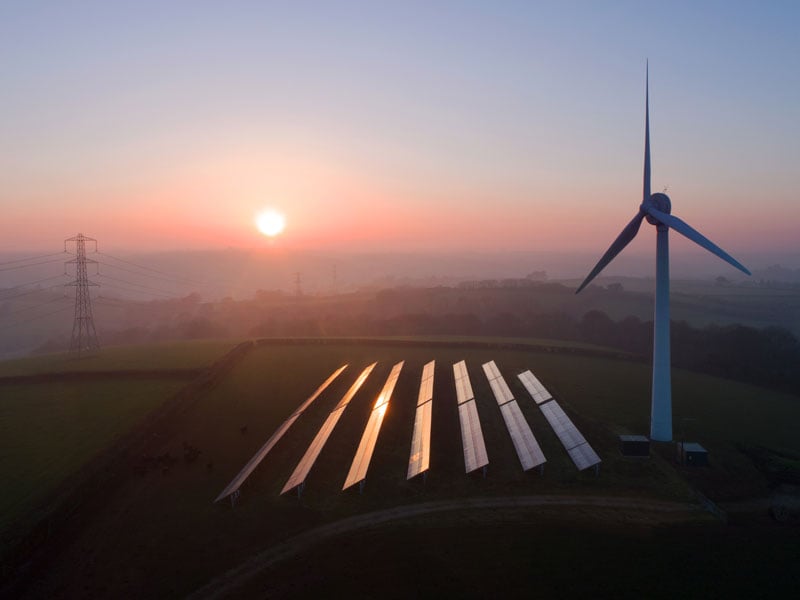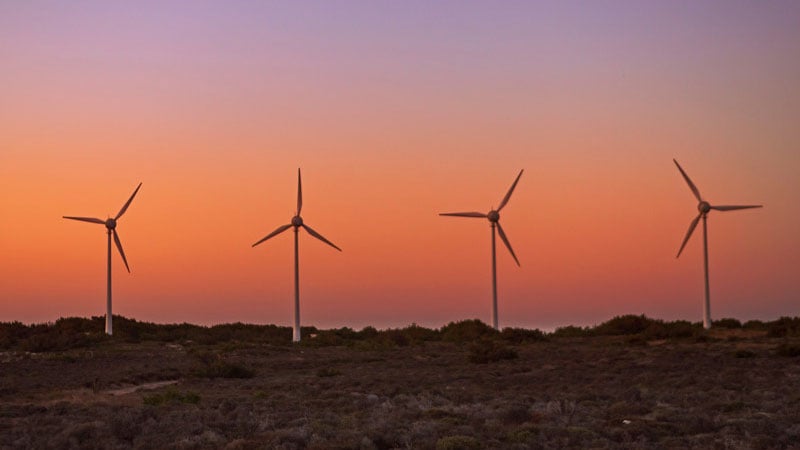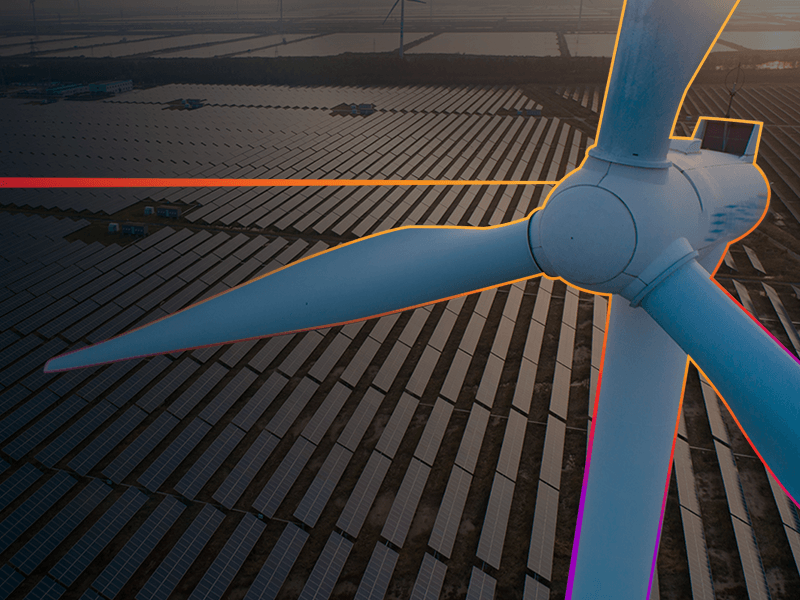Customers Push Data Centers to Look Beyond Energy Efficiency to Drive Sustainability
Data centers have long sought ways to reduce their energy usage. Yet, with customers, including colocation and cloud providers, telcos and financial institutions, embarked in sustainability programs of their own, data center operators are having to look beyond energy efficiency to take a more holistic approach to becoming “greener.”
“Data centers are being driven by customers to reduce carbon footprints, consumption of energy, water, raw materials, and the amount of waste they produce,” says a report from international law firm Norton Rose Fulbright.
A Vertiv report on the importance of energy management on 5G’s success, notes that, while 5G networks are as much as 90% more efficient than their 4G predecessors, they still require substantially more energy. This is due to a variety of factors, including increased network density, reliance on IT systems, greater network use, and accelerated traffic growth. The report suggests telcos must face the challenge by adopting energy efficiency best practices across networks, and by encouraging their customers to adopt 5G-enabled services to reduce consumption and emissions in all walks of life.
Energy efficiency is now just one part of the equation, albeit a crucial one. A report from McKinsey on telecom operators’ quest for greener networks, determined that while 15% of telco energy usage is consumed during data transfer, the remaining 85% is wasted through heat loss and other factors. Telcos, the report says, account for some 3% of global energy demand.
McKinsey identified four ways to reduce energy consumption and cost:
- Use of AI-driven shutdown solutions to stop running systems not in use, while calibrating optimal equipment settings to curb waste
- Use of IoT-based energy optimization to provide accurate consumption readings using sensors that precisely gauge grid-power input and usage, helping detect potential problems and issuing real-time alerts
- Making structural and architectural transformations to, among other measures, migrate to cloud-RAN and “clean cloud” systems
- Strategically evaluating energy sourcing.
“We see no reason why all the energy needs of most telecom operators should not be met with green energy by 2030,” says McKinsey. Vertiv designs and builds solutions that can help bring customers closer to this goal. In October 2021, Vertiv created a partnership with Honeywell to support greater data center efficiency. Its first offering is an intelligent power management solution (VertivTM HMX 6500R) that features an integrated energy resource management and control system, combining energy storage, analytics, forecasting, and economic optimization to help meet customers’ sustainability goals.
Customers, meanwhile, want the kind of measurable results that Vertiv solutions deliver. “Data center customers want transparent and quantifiable measurements of sustainability,” says Norton Rose Fulbright. While efficiency metrics for data center sustainability include PUE (Power Usage Effectiveness), WUE (Water Usage Effectiveness), and CUE (Carbon Usage Effectiveness), The Green Grid, a non-profit industry consortium that developed these metrics, is adding a new one – IUE (Infrastructure Utility Effectiveness).
According to The Green Grid, the new metric was created to help identify the amount of design infrastructure capacity that an operational data center can use. By measuring data centers for effectiveness, using a range from 0% to 100% real IUE, the system helps highlight potential infrastructure usage deficiency or stranded capacity.
Measures taken by data centers include using “green leases” that allow improvements in a building’s environmental performance and align landlord-tenant sustainability goals. Data centers are also choosing building materials and designs more carefully. “Increasingly, data center owners and operators are assessing and selecting construction and internal infrastructure materials based on environmental performance and implications such as carbon footprint, hazardous chemicals and recycling or refurbishing opportunities,” says the Norton Rose Fulbright report.
Technology is an important sustainability driver. “Technology is used in data centers to monitor energy consumption, water use, temperature, humidity and peak demand cycles, and it can serve in various functions, including smart temperature and lighting controls, rainwater reclamation, waste heat recycling and efficient cooling”, adds the law firm.
Water, used by data centers for cooling, is the next major step towards a more holistic approach. “About 40% of the power consumed by a data center may go toward air-conditioning. Use of water-based evaporative cooling technologies has been a common tool to reduce power consumption. This reduction in power consumption comes at the expense of increased water usage. Data center operators are stepping up their efforts to reduce reliance on water supplies, as global sustainability movements increase the focus on water as a finite resource,” notes Norton Rose Fulbright. This involves a range of tactics, including using cooling systems that require less water, implementing rainwater recovery programs, and recycling water.
“Water consumption is on its way to becoming as visible a sustainability factor for data centers as energy consumption. Many actors in the data center industry are tracking their water use and reporting it in their performance and sustainability metrics,” says Norton Rose Fulbright, noting that waste management is another growing focus. “Data center owners, operators and customers also consider waste materials and waste heat in evaluating sustainability and efficiency. The ability to document a net-zero waste-stream impact has the potential to emerge as a meaningful metric for data center service providers, as customers consider the entirety of their data center's sustainability programs.”
Read more from Vertiv experts on energy management and other sustainability topics in our Eco-Insights Blog Series.












